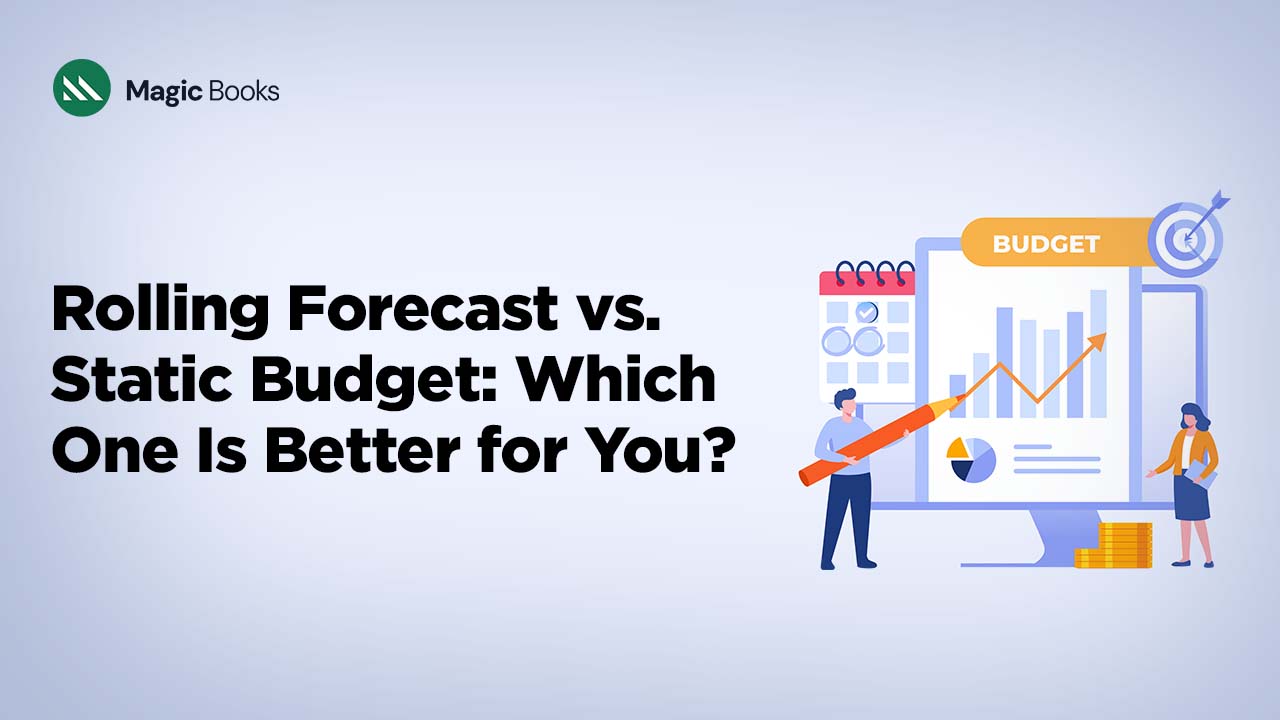As businesses and affluent individuals operate in a context of modest inflation without real-wage growth, the IRS’s annual adjustments for tax year 2025 for annual inflation increased the standard deductions and bracket thresholds, but just barely. Consequently, enhanced planning will be required to avoid “bracket creep” and underpayment penalties. As of Spring 2024, single filers can now take a $15,000 standard deduction (up $400); married couples filing jointly can take a $30,000 deduction (up $800); heads of household can take advantage of $22,500 (up $600), recently paying taxes on the last taxable quarter. Simultaneously, the top and middle tax-rate thresholds have been elevated to account for consumer price changes, while pay-as-you-go guidance has been issued in Revenue Procedure 2024-40 regarding quarterly recalibration of liabilities. This article presents a reliable, end-to-end quarterly tax-planning process illustrated by a concise calendar schedule, a simple four-step process, and case examples designed to help you, next year, plot your actions ahead of every due date in 2025.
The Quarterly Tax Calendar for 2025:
For the year 2025, the due dates for estimated-tax payments for individuals and pass throughs will be April 15, June 16, September 15, and January 15, 2026; corporations will follow the 15th day of the 4th, 6th, 9th and 12th month of their fiscal year (e.g., April 15, June 16, September 15, December 15).
| Entity | 1st Installment | 2nd Installment | 3rd Installment | 4th Installment |
| Individuals & Passthroughs | April 15, 2025 | June 16, 2025* | Sept 15, 2025 | Jan 15, 2026 |
| Calendar-Year Corporations | April 15, 2025 | June 16, 2025* | Sept 15, 2025 | Dec 15, 2025 |
Building Your Quarterly Tax-Planning Framework:
Effective planning depends on a standard four-step procedure.
Data Collection & Organization
Gather all financial information, including bank statements, expense reports, payroll journals, and 1099s, in an encrypted document management system. Utilize the IRS Online Account portal to order payment histories and transcripts, and include an indexed audit trail with every submission dated. Plan cross-functional reviews involving accounting, treasury, and external counsel at least 30 days prior to each deadline.
Liability Forecasting
Start from your 2024 tax return as a starting point and fill out the 2025 Estimated Tax Worksheet in Publication 505, using the general rule that your withholding and credits combined must cover 90% of 2025’s tax or 100% of 2024’s tax to stay penalty-free. Add year-to-date variances on a monthly basis, considering one-time occurrences (equity sales, cost-basis recoveries) and adding a conservative buffer to avoid shortfalls.
Cash-Flow Management
Implement an automatic sweep from operating accounts to a separate “tax reserve” account based on revenue recognition levels. Time sweep dates to align with anticipated cash-flow highs (e.g., subscription renewals, holiday sales) to level quarterly funding. Sweep reserves into liquid, interest-generating instruments to capture incremental yield without compromising liquidity. Using Tax-Planning Tools QuickBooks Self-Employed has the ability to calculate federal estimated quarterly responsibilities and includes timely payment reminders in the program, thus reducing errors due to manual worksheets. For professional advisors, Intuit Tax Advisor’s Quarterly Estimated Payment Projections (QEPP) feature has been designed to support life events and economic changes, providing a flexible payment schedule that syncs with client information in ProConnect or Lacerte.
Common and Avoidable Mistakes:
Organizations in 2025 typically encounter several recurring quarterly-tax challenges: missing or late payments that incur large underpayment penalties, misunderstandings of IRS safe-harbor rules, miscalculating tax liability with irregular cash flows, insufficient record keeping that limits audit defenses, and customized state and local obligations. Each of these mistakes can cost organizations thousands of dollars in penalties, interest, and administrative cost but can be entirely avoided with a calendar, systems, good record keeping, and judicious use of IRS guidance and automation.
1. Missed or Overdue Payments: Late or late estimated-tax payments are penalized under IRC §§ 6654 (individuals) and 6655 (corporations), and interest is charged daily from the original due date through payment. The IRS assessed more than $7 billion in underpayment penalties in 2023 alone—a fourfold increase over the previous year—when interest rates increased and pandemic‑related disruptions dissipated.
Methods for Avoidance:
Automate reminders: Automate ERP or calendar systems to remind 14 and 3 days prior to every installment due date.
Use pay-as-you-go tools: Take advantage of the IRS’s “Pay as You Go” handbook in using withholding or direct debit for your estimated payments, covering at least 90% of current-year tax liability.
2. Misunderstanding of Underpayment Penalties and Safe Harbor Rules: The majority of taxpayers forego safe‑harbor relief simply because they are unaware that payment of either 90% of current‑year tax or 100% (110% for high‑income taxpayers) of previous‑year tax precludes them from underpayment penalties. The under $1,000 due after withholding and credits taxpayers also avoid penalties—but only if they meet the other payment requirements.
Methods for Prevention:
Employ safe-harbor percentages: Choose to pay 100% (110%) of the prior year’s earlier tax due if you anticipate irregular income during the year.
Annualized income method: For sporadic cash flows, calculate every payment as a percentage of income yielded by each quarter to reduce the risk of over- or under–payment.
3. Misestimation of Quarterly Liabilities: Discounting seasonality or one-off transactions (such as disposal of assets or bonus payments) leads to liability estimates which are too low—triggering penalties—or too high—tied up in unnecessary excess reserves. Without monthly reconciliation to actual results, such errors build up over the year.
Methods for Avoidance:
Monthly breakdown forecasts: Compare year-to-date actuals to initial projections and modify next quarter’s payment based on the difference. Conservative buffer: Create a 5–10% buffer in every estimate to cover for unexpected peaks without over‑funding.
4. Ineffective Documentation and Associated Audit Risk: Insufficient record-keeping, exemplified by missing digital receipts, unreconciled bank statements, or unchecked Social Security numbers, jeopardizes one’s capacity to substantiate estimated tax computations during an IRS examination. Additionally, poorly labeled spreadsheets and ad-hoc worksheets further delay responses to information requests and consequently increase consultant fees.
Techniques for avoidance:
Centralized Document Repository: Keep all source documents in a secure, indexed DMS that monitors user access and logs uploads.
Audit‑ready file packages: At the end of every quarter, prepare a “tax package” with the worksheet, assumption memo, payment confirmation, and associated source files.
5. Ignoring State and Local Laws: While federal deadlines are identical, state and local governments set up their own estimated-tax requirements—some quarterly payments, others only once-a-year remittances—with varied due dates and safe-harbor amounts. Not making a state installment can result in duplicate penalties that increase your compliance burden. Methods for Prevention: Multi-jurisdiction tax calendar: Maintain a master calendar of federal, every active state, and any municipality where you make composite returns. Subscription reminders: You can subscribe to reminders about state revenues or use a tax-automation tool that has jurisdictional deadline reminders in your workflow.
Compliance and Regulatory Changes for 2025:
In 2025, companies must contend with a litany of new and changing federal tax rules. The IRS Revenue Procedure 2024‑40 makes inflation adjustments to more than sixty provisions, such as an indexed increase in CAMT exemptions, raised fringe-benefit amounts, and altered underpayment rates. Notice 2024‑66 also provides temporary relief from estimated-tax penalties on CAMT obligations. Third-party payment settlement companies must also report over $2,500 of transactions on Form 1099‑K in 2025, with phasing to a $600 threshold in 2026, according to Notice 2024‑85. Cryptocurrency brokers will start reporting gross proceeds on Form 1099‑DA in 2025, with basis reporting in 2026, according to Treasury proposals. Furthermore, US participation in the OECD Pillar Two global minimum tax remains uncertain, explained by proposed Amount B transfer-pricing rules and an executive order defying foreign commitments. Overall, the changes require systems that are updated, forward-looking planning, and careful coordination among tax, treasury, and IT departments.
Inflation Adjustments in Revenue Procedure 2024-40
On Oct. 22, 2024, the IRS issued Revenue Procedure 2024-40, which provides inflation-adjusted items for tax year 2025 that apply to corporate and exempt organizations. Some of these adjustments include the raising of the CAMT exemption thresholds—increasing the corporate AMT exemption for calendar-year corporations—and raising the thresholds on employer-provided benefits like the health FSA limit ($3,300) and the qualified transportation fringe exclusion ($325/month). Also, underpayment interest rates on unpaid estimated taxes have been revised to reflect current federal rates, which will affect cash-flow projections and the cost of underpayments.
Penalty Relief from CAMT Underpayments (Notice 2024-66)
Notice 2024-66 provides corporations with a waiver of additions to tax under IRC § 6655 for underpayment due to CAMT liabilities for taxable years that start after December 31, 2023, and end before January 1, 2025. The relief is available for all installment payments due during that time, and corporations can omit CAMT amounts when computing required annual payments on Form 2220 without incurring estimated-tax penalties. Corporations are required to attach Form 2220 to their returns—showing zero penalty where applicable—and keep records of the relief in case of IRS inquiries
Increased Form 1099‑K Reporting Thresholds (Notice 2024‑85) Under Notice 2024‑85, the IRS will regard calendar years 2024 and 2025 as terminal transition years for the American Rescue Plan Act’s Section 6050W amendments, with third‑party settlement entities reporting Form 1099‑K when gross payments reach $5,000 in 2024 and $2,500 in 2025. Beginning in 2026 and thereafter, the threshold falls to $600, irrespective of number of transactions. Companies using platforms such as PayPal, Stripe, or Square should update accounting systems to record 1099‑K information at the $2,500 level and be ready for the $600 threshold to prevent reporting gaps and possible penalties.
Digital Asset Reporting: Form 1099-DA and Related Proposals
The Treasury and IRS issued final rules that mandate brokers to report gross proceeds of digital asset transactions on newly created Form 1099-DA beginning Jan. 1, 2025, and mandatory reporting of gain/loss and basis reporting beginning Jan. 1, 2026. The provisions cover virtual currency exchanges, NFT sales platforms, and certain decentralized exchanges, harmonizing digital-asset reporting with pre-existing regimes for securities and commodities. Taxpayers will be required to report the digital-assets question on corporate reports (Forms 1120, 1065, etc.) and keep transactional detail to support basis and gain computation. OECD Pillar Two Global Minimum Tax and “Amount B” Guidance Although more than 40 jurisdictions have implemented the 15% global minimum tax (Pillar Two), the U.S. government’s position remains unresolved.
Proposed regulations (REG‑105128‑23) published August 2024 cover dual consolidated loss (DCL) interactions with Pillar Two and will apply to returns due after finalization, earliest in tax‑year 2024 filings in 2025. Notice 2025‑04, however, announces upcoming rules for application of the OECD’s “Amount B” simplified transfer-pricing regime in applying marketing and distribution services benchmarked to relief by standardized margins. Executive Order of January 20, 2025, however, renounces U.S. commitments under the OECD regime without congressional approval, thereby leaving legal uncertainty for multinationals to prepare for Pillar Two compliance.
To avoid quarterly tax deadlines in 2025 requires more than just calendar reminders – it necessitates a comprehensive process of disciplined data management, rigorous forecasting, cash-flow design, and automated procedures. By assessing the four-part framework presented above, utilizing the latest IRS inflation adjustments, and learning from the experiences of others, executives can avoid penalties and better manage liquidity while alleviating staff efforts away from compliance and “firefighting” and towards more positive, productive outcomes. Implementing these practices today will transform quarterly tax planning from a pain to a powerful advantage.



